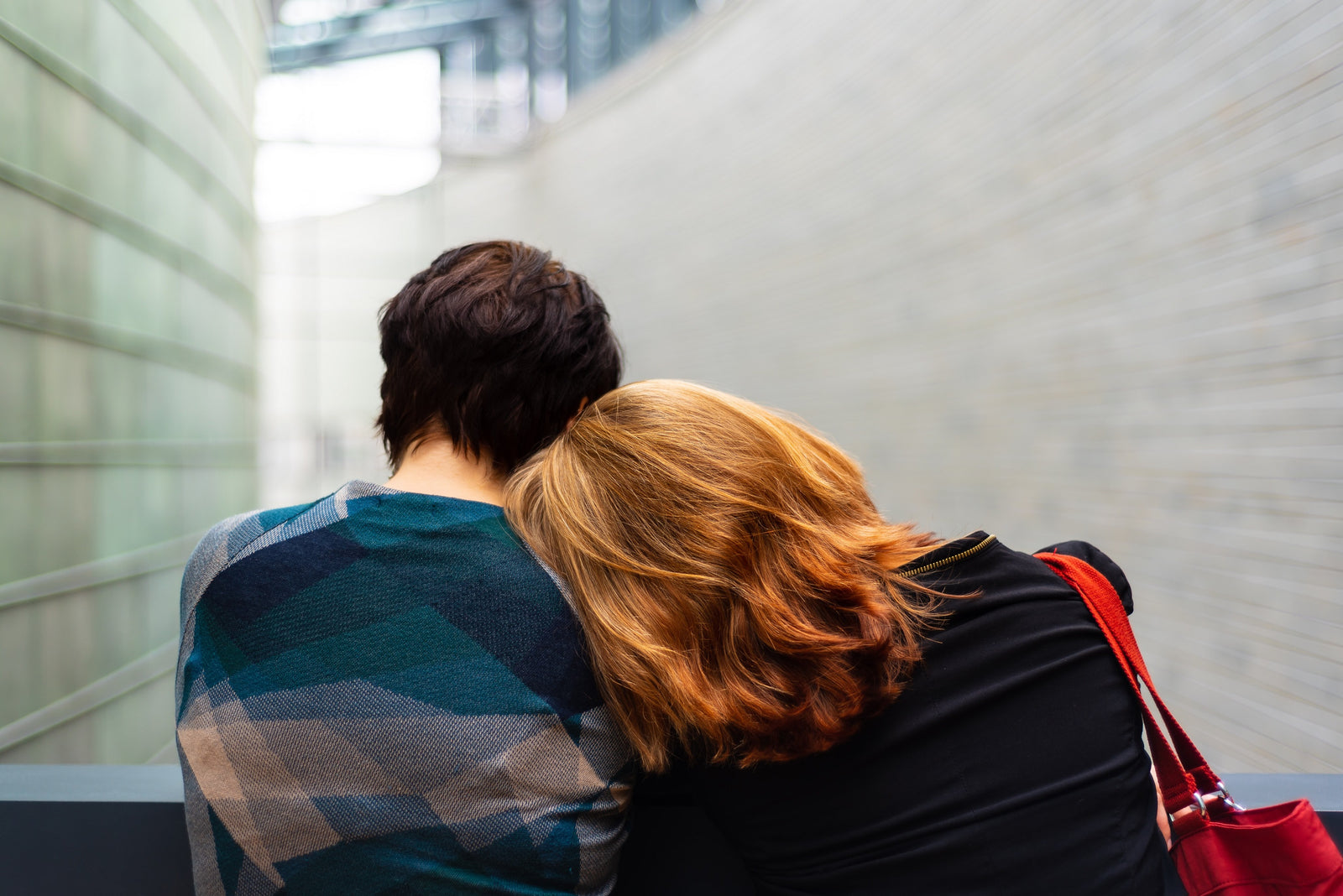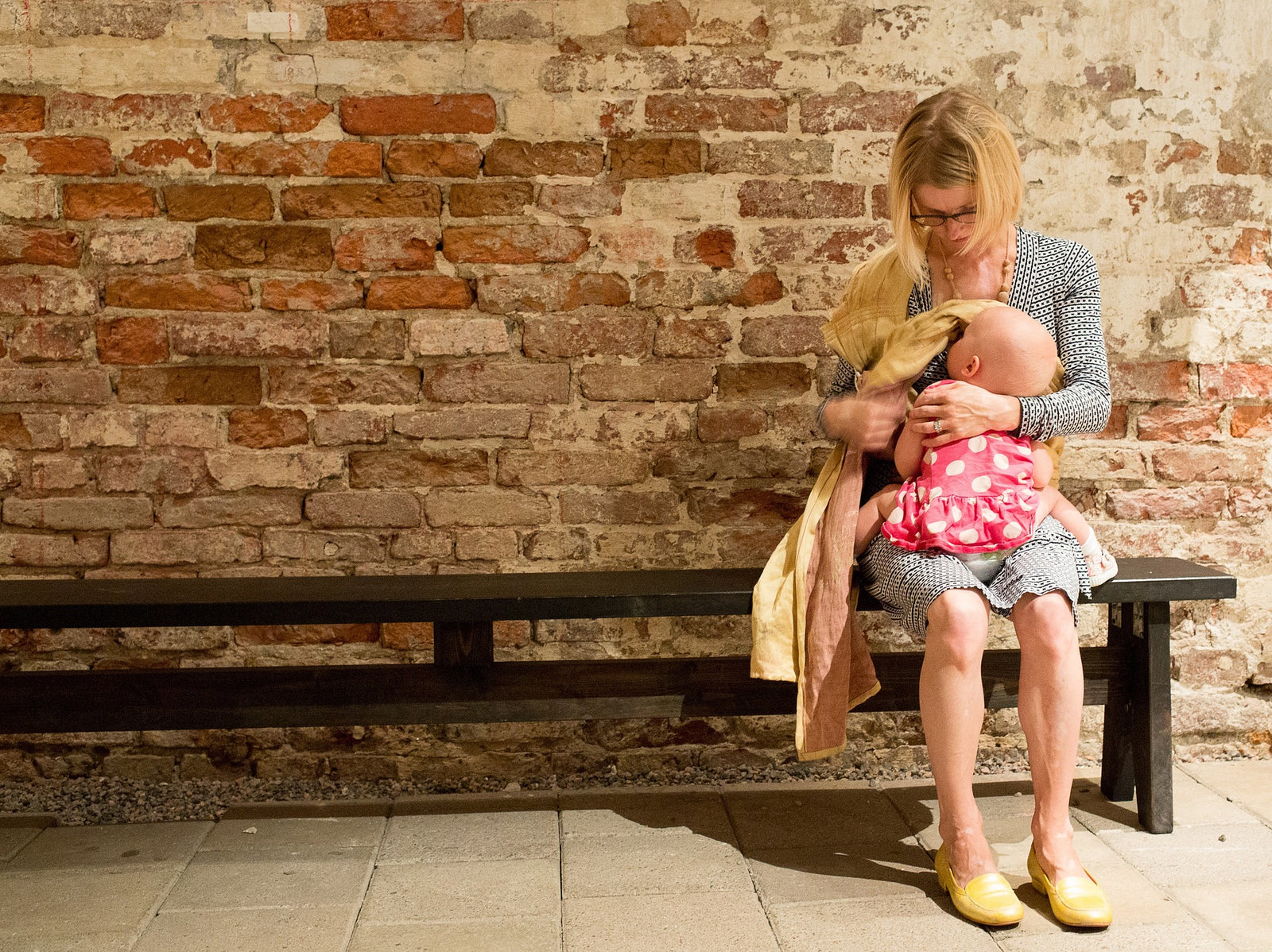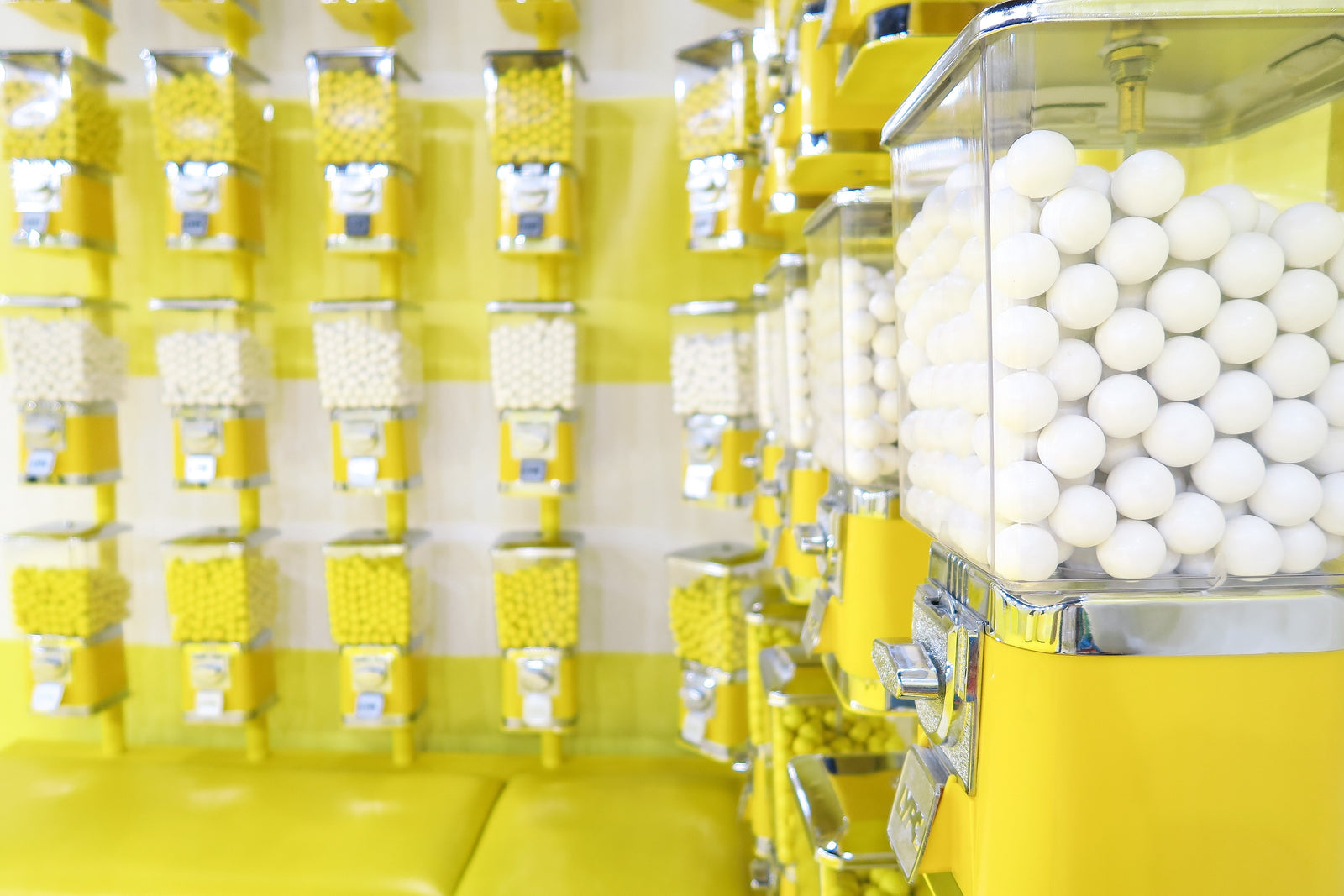🚚 FREE USA SHIPPING ON ORDERS OVER $30! INTERNATIONAL SHIPPING AVAILABLE.
🚚 FREE USA SHIPPING ON ORDERS OVER $30! INTERNATIONAL SHIPPING AVAILABLE.
Synthetic vs. natural caffeine: a primer
by Tina Sendin 5 min read

Is there a big difference between synthetic and natural caffeine? Which gives a stronger jolt? Does it even matter?
NATURALLY-OCCURRING CAFFEINE
Natural caffeine in coffee, tea, and chocolate is much less common than the synthetic caffeine found in so many other products. In an article by Jill Ettinger, Organic Authority reports: [1]
Although we typically think of coffee or tea in relation to caffeine, there are only around 60 known types of plants that contain naturally occurring caffeine versus the hundreds if not thousands of those manufactured products that contain the synthetic kind.
Caffeine is found in plant species such as the more popular ones like Coffea arabica and Coffea robusta, as well as tea leaves, kola nuts, cacao beans, Yerba mate and guarana berries.
If you want to know more about these plants, read this article: These plants around the world contain caffeine.
Not only does naturally-occurring caffeine from said plants keep your cognitive functions at their peak, but it also contains antioxidants that help you fight illnesses like cancer and Alzheimer’s.

SYNTHETIC CAFFEINE
According to Organic Authority, synthetic caffeine - like those found in soda and energy drinks - are “produced in laboratories and manufactured in factories, which provide a much more potent caffeine isolate than what's found naturally occurring in the plant kingdom.” [1]
Apparently, synthetic caffeine is much more powerful than the caffeine found naturally in plants.
The website reports:
Synthetic caffeine will absorb through the digestive system much faster than the naturally occurring plant caffeine. This means a quicker spike, and of course, a quicker crash, unlike the naturally occurring caffeine in plants such as yerba mate, a leafy green shrub that grows throughout South America and provides a balanced caffeine 'lift' (largely due to also present high level of naturally occurring vitamins that prevent the caffeine crash). Even coffee and black tea will provide a more sustained energy from the naturally occurring caffeine than the artificial stuff found in soda.
SYNTHETIC VS. NATURAL CAFFEINE: WHAT’S THE DIFF?
All that said, investigative reporter Murray Carpenter told Huffington Post there’s little difference between natural and synthetic caffeine: [2]
It's really the same chemical, whether it's carved away from an ingredient in which caffeine naturally exists, such as guarana or kola nuts, or it's cobbled together in a laboratory. Synthetic caffeine is cheaper and much more widely used. But if both are pure, natural-sourced and chemical caffeine should have same effects. There's nothing wrong with natural caffeine, but there's no additional health benefit to it. It's more about if you don't want your caffeine coming out of pharmaceutical plant in China.
IS SYNTHETIC CAFFEINE HARMFUL?
According to the websites Livescience and Purelyft.com, synthetic caffeine can even be considered dangerous, for the following reasons: [3, 4]
- One teaspoon of caffeine powder is equivalent to 28 cups of regular coffee. According to the Centers for Science in the Public Interest, two teaspoons would kill most adults.
- Synthetic caffeine is absorbed at a much faster rate than natural caffeine. That leads to a nearly instant energy boost— followed by a dramatic crash.
- Some fairly ominous-sounding chemicals are also used to process synthetic caffeine. Various sources are unclear as to whether the ethyl acetate and methylene chloride (and carbon dioxide) used to process urea to manufacture synthetic caffeine remain in the product. Ethyl acetate is used as a flavoring in some foods, though, so perhaps it is not harmful and may remain in synthetic caffeine.
The bottom line: Caffeine can have a whole heap of benefits but only if taken in moderation.
![]()
HOW TO KNOW WHICH IS WHICH
There are two ways to know if your caffeine fix is all natural or synthetic. The first one’s developed by scientists to determine the caffeine source in a faster and simpler way. [5]
According to Science Daily describes this technique called “stable-isotope analysis”:
In the study, they describe use of a technique called stable-isotope analysis to differentiate between natural and synthetic caffeine. The test makes use of differences in the kinds of carbon isotopes -- slight variations of the same element -- found in caffeine made by plants and caffeine made in labs with petroleum-derived molecular building blocks. Their analysis, which takes as little as 15 minutes, found four products that contained synthetic caffeine, despite a "natural" label.
The second way is more practical, something you can easily do.
If you’re deciding on which caffeinated beverage to drink, look at the list of ingredients. If "caffeine" is listed, it is a synthetic form of the chemical. If the beverage has natural caffeine, the source plant, rather than the chemical, will be listed. In other words, it may list green tea or coffee.
If you have tea or coffee packages in your home, look at the label and you will probably not see "caffeine" listed. If you have cola sodas, it very well may list "caffeine" as one of the ingredients.
ALMOST UNANIMOUS
The question of synthetic vs. natural caffeine is further complicated by the debate over whether any caffeine is good for you.
For years people considered it a settled question that caffeine and coffee were stimulants that could adversely affect one's health, especially by causing heart disease and an elevated pulse.
In more recent years, though, scientists have been conducting many studies that have found no harm and many benefits both physical and mental to caffeine consumers.
This comes as great news to about 90 percent of the world's population.
That's right. About 90 percent of adults consume products with caffeine in them, including coffee, tea, and other herbs, energy drinks, chocolate, and other candies and medications.
Caffeine is the world's most-consumed mood-altering substance!

There are many benefits to caffeine, such as:
- Reduces risk of heart disease, cancer, and multiple sclerosis
- Boosts semen production
- Invigorates
- Enhances memory
- Alleviates fatigue
- Reduces the risk of kidney stones
- Helps alleviate migraine headaches
- Enhances the effect of over-the-counter painkillers
- Enhances athletic performance
- Combats the severity of migraine headaches
- Boosts athletic and mental performance
- Reduces the risk of Type II diabetes
- Reduces suicide risk
- Reduces the risk of erectile dysfunction
COFFEE: MIRACLE SUBSTANCE
But if caffeine plays a big role in all these health effects, it sounds like a miracle substance. Plus coffee and the other products that caffeine is found in taste great.
The coffee and other products with caffeine may be habit-forming, but caffeine is not a dangerous, life-destroying drug like opiates, methamphetamine or alcohol.
You don't hear about jonesing coffee addicts robbing stores and hijacking motorists to get money for a fix. That's because while caffeine does cause dependence, it isn't in the same category as dangerous drugs.
That's a good thing that caffeine, unlike alcohol and drugs, doesn’t cause disease, crime, financial ruin, automobile and other types of accidents and a breakdown in social interactions and family life because, as we stated, 90 percent of people take it in one form or another.
CONCLUSION
If you’re about to consume caffeine, be mindful of the source if that's important to you and always make sure to consume caffeine in moderation.
To ensure you keep to an acceptable amount of caffeine in a day, try a caffeine breath mint, like Viter Energy Mints that only contain 40 mg of caffeine per mint!
SOURCES
[2] http://www.huffingtonpost.com/2014/04/14/facts-about-caffeine_n_5124624.html
[3] https://www.livescience.com/52072-powdered-caffeine-dangerous.html
[4] https://purelyft.com/blogs/blog/dangers-of-synthetic-caffeine
[5] https://www.sciencedaily.com/releases/2012/03/120307145821.htm
Also in Viter Energy Blog

Can caffeine help with ED?
by Mark Miller 3 min read
Erectile dysfunction. In combination, those are two of the ugliest words known to man. But can caffeine help you get it up?
Science hasn't found the definitive answer to this question, but one study concluded that fewer men who consume caffeine have problems performing. The study said:
Caffeine intake reduced the odds of prevalent ED, especially an intake equivalent to approximately 2-3 daily cups of coffee (170-375 mg/day). This reduction was also observed among overweight/obese and hypertensive, but not among diabetic men. Yet, these associations are warranted to be investigated in prospective studies

Caffeine while breastfeeding? Go ahead, it's OK
by Mark Miller 4 min read
Many breastfeeding mothers wonder if it's OK to take caffeine. In fact, many nursing mothers just avoid caffeine in case it would keep their babies fussy, jittery and awake.
The answer is yes, you can take caffeine while breastfeeding, as long as you don't go over about 300 mg a day.
It's an important question because caffeine is in so many products, and taking coffee, tea, or soda is such a common ritual.
And breastfeeding mothers may be tempted to take caffeinated products because they are deprived of sleep by their newborns' odd sleep schedule.

The surprising benefits of chewing gum
by Mark Miller 5 min read
You might think gum chewing is an activity with little or no benefits besides the pleasure and flavor, but think again. Chewing gum has several benefits.
In addition to freshening your breath, sugar-free gum can help prevent cavities and contribute to overall oral health. But that's just the beginning.

